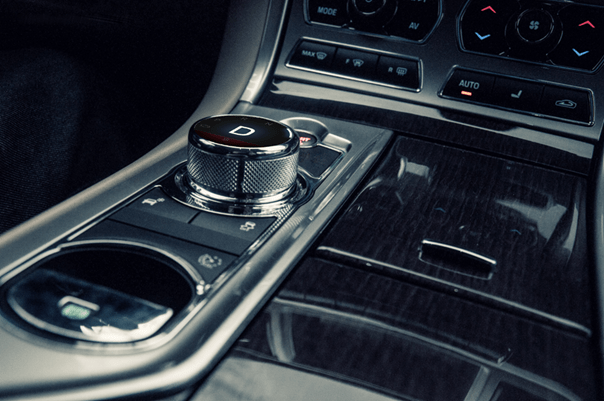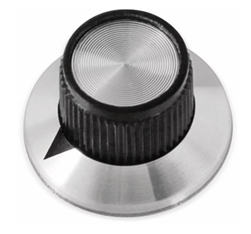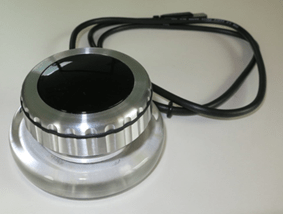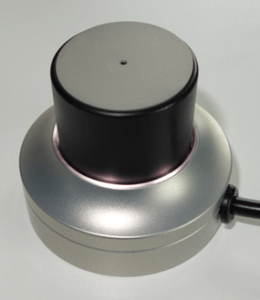Rotary Push Button
Haptic rotary push button
In the age of software-defined controls, manual controls are increasingly connected to machines/equipment/vehicles and then enable adaptive and freely programmable operation with appropriate feedback. These new operating concepts create real emotions in the user and enable a completely new feeling of haptic feedback and pass on directly tactile information to the user. A wide variety of aids are used, e.g. navigation in submenus using push functions, or operation is supported with touch fields or various displays.

You notice that the possibilities are almost unlimited and the question arises: where is development going? We are currently hearing more and more that touchscreens, especially in the automotive context, often do not provide the controlled, simple and intuitive operation that customers want and that people are looking for elementary/intuitive operating solutions.
The challenge is certainly to provide a reasonable amount of controls and to assign them a reasonable amount of functions/setting options. For frequently used important main controls, there is no way around haptic/ergonomic control units.
State of the art
Classic rotary push button
The classic rotary push button is designed as a mechanical button, it enables rotary movement around its axis and, if necessary, has mechanical detents, spring reset or mechanical end stops implemented. The existing angular position is converted into an electrical signal via a potentiometer and used as a manipulated variable.

Rotary push b utton with haptic feedback

There are currently solutions on the market for rotary pushbuttons that use small electric motors to provide force feedback in the form of moments or vibrations, otherwise there are currently few solutions that have been implemented in series. Our licensee XEELTECH already has an MR-based rotary push button on the market.
Solution from INVENTUS
INVENTUS generates the adaptive, haptic feedback of its rotary push buttons using MRX shear dampers, and any haptics can be reproduced via the current.
Since the implementation is purely software-based, you are completely free to store various characteristics, for example fixed grids/areas or timing can help with operation or kinematic variables of the rotation angle such as angle/speed/
Acceleration can be used to give feedback, but of course the haptic rotary pushbutton can also interact with other stored data as desired.

How exactly does this application from INVENTUS work?
The following features/functionalities can also be integrated into our adaptive rotary pushbuttons:
Push functions
Touch functions
Various integrated displays
and more...
Comparison of the state of the art / INVENTUS solution
Since the operation of rotary push actuators is often very slow, almost static, MR dampers have a clear advantage over electric servomotors – the MR-based technology in this area of application delivers higher actuating forces in a small installation space and at the same time has a very high tactile resolution.
Prospect
INVENTUS would be happy to work with you to develop an adaptive rotary pushbutton solution tailored to your application.

